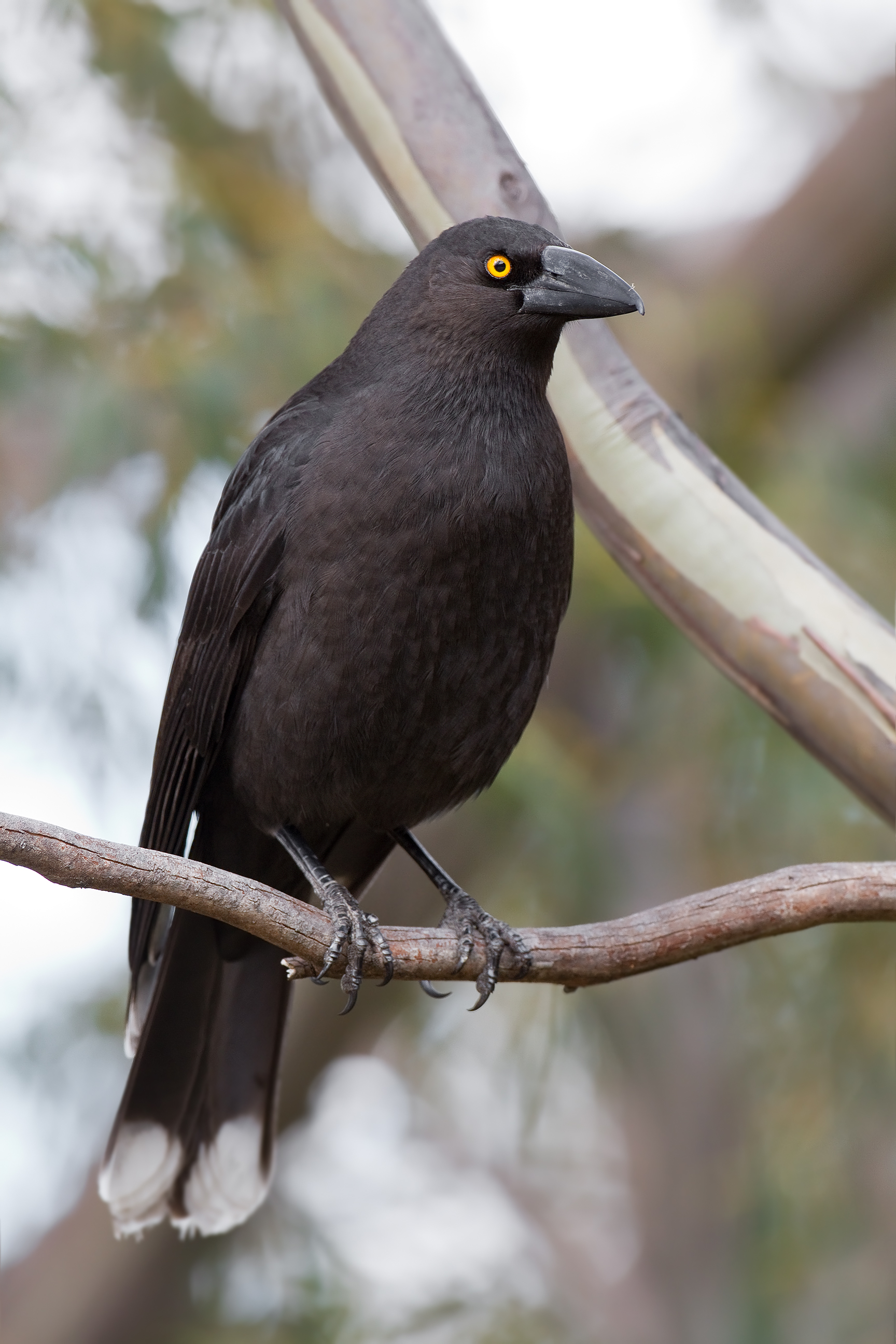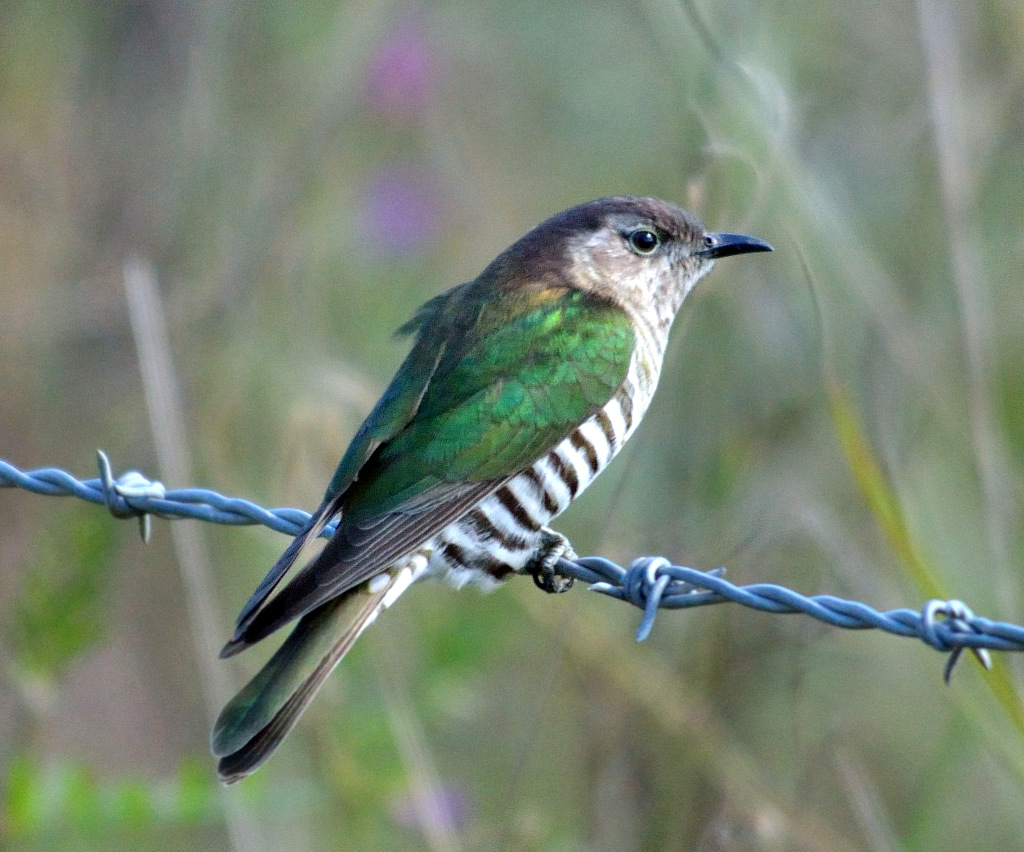|
Yellow-rumped Thornbill
The yellow-rumped thornbill (''Acanthiza chrysorrhoa'') is a species of passerine bird from the genus Acanthiza. The genus was once placed in the family Pardalotidae but that family was split and it is now in the family Acanthizidae. There are four subspecies of yellow-rumped thornbill. It is a small, brownish bird with a distinctive yellow rump and thin dark bill. It inhabits savannah, scrub and forests across most of Australia and eats insects. The species engages in cooperative breeding. Taxonomy The yellow-rumped thornbill was described as ''Saxicola chrysorrhoa'' by the French naturalists Jean René Constant Quoy and Joseph Paul Gaimard in 1830, from a specimen collected in King George Sound.Quoy, J.R.C. & Gaimard, J.P. in Dumont-d'Urville, J. (1830). ''Voyage de découvertes de l'Astrolabe exécuté par ordre du Roi, pendant les anneés 1826-1827-1828-1829, sous le commandement de M.J. Dumont-d'Urville''. ''Zoologie''. Paris: J. Tastu Vol. 1 i p197 The specific epithet de ... [...More Info...] [...Related Items...] OR: [Wikipedia] [Google] [Baidu] |
Australia
Australia, officially the Commonwealth of Australia, is a Sovereign state, sovereign country comprising the mainland of the Australia (continent), Australian continent, the island of Tasmania, and numerous List of islands of Australia, smaller islands. With an area of , Australia is the largest country by area in Oceania and the world's List of countries and dependencies by area, sixth-largest country. Australia is the oldest, flattest, and driest inhabited continent, with the least fertile soils. It is a Megadiverse countries, megadiverse country, and its size gives it a wide variety of landscapes and climates, with Deserts of Australia, deserts in the centre, tropical Forests of Australia, rainforests in the north-east, and List of mountains in Australia, mountain ranges in the south-east. The ancestors of Aboriginal Australians began arriving from south east Asia approximately Early human migrations#Nearby Oceania, 65,000 years ago, during the Last Glacial Period, last i ... [...More Info...] [...Related Items...] OR: [Wikipedia] [Google] [Baidu] |
Currawong
Currawongs are three species of medium-sized passerine birds belonging to the genus ''Strepera'' in the family Artamidae native to Australia. These are the grey currawong (''Strepera versicolor''), pied currawong (''S. graculina''), and black currawong (''S. fuliginosa''). The common name comes from the call of the familiar pied currawong of eastern Australia and is onomatopoeic. They were formerly known as crow-shrikes or bell-magpies. Despite their resemblance to crows and ravens, they are only distantly related to the corvidae, instead belonging to an Afro-Asian radiation of birds of superfamily Malaconotoidea. They are not as terrestrial as the magpie and have shorter legs. They are omnivorous, foraging in foliage, on tree trunks and limbs, and on the ground, taking insects and larvae (often dug out from under the bark of trees), fruit, and the nestlings of other birds. They are distinguishable from magpies and crows by their comical flight style in amongst foliage, appearing ... [...More Info...] [...Related Items...] OR: [Wikipedia] [Google] [Baidu] |
Red Wattlebird
The red wattlebird (''Anthochaera carunculata'') is a passerine bird native to southern Australia. At in length, it is the second largest species of Australian honeyeater. It has mainly grey-brown plumage, with red eyes, distinctive pinkish-red wattles on either side of the neck, white streaks on the chest and a large bright yellow patch on the lower belly. The sexes are similar in plumage. Juveniles have less prominent wattles and browner eyes. John White described the red wattlebird in 1790. Three subspecies are recognized. The species is found in southeast Queensland, New South Wales, Victoria, South Australia and southwest Western Australia in open forest and woodlands, and is a common visitor to urban gardens and parks. Loud and conspicuous, the red wattlebird is generally found in trees, where it gets most of its food; occasionally it forages on the ground. It is one of the largest nectarivorous birds in the world, feeding from a wide variety of flowering plants. Insect ... [...More Info...] [...Related Items...] OR: [Wikipedia] [Google] [Baidu] |
Fan-tailed Cuckoo
The fan-tailed cuckoo (''Cacomantis flabelliformis'') is a species of cuckoo in the family Cuculidae. It is found in Australia, Fiji, New Caledonia, New Zealand, New Guinea, Solomon Islands, and Vanuatu. Taxonomy Six subspecies have been recognised: * ''Cacomantis flabelliformis excitus'' (Rothschild & Hartert, 1907) – Mountains of New Guinea. * ''Cacomantis flabelliformis flabelliformis'' ( Latham, 1802) – Eastern Australia from Cape York through to southern South Australia; south-western Western Australia. * ''Cacomantis flabelliformis meeki'' (Rothschild & Hartert, 1902) – Solomon Islands including Santa Isabel, Kolombangara, Guadalcanal and Bellona. Originally designated ''Cacomantis meeki''. * ''Cacomantis flabelliformis pyrrhophanus'' (Vieillot, 1817) – New Caledonia including the Loyalty Islands. * ''Cacomantis flabelliformis schistaceigularis'' (Sharpe, 1900) – Vanuatu. * ''Cacomantis flabelliformis simus'' ( Peale, 1848) – Fiji. Description The fan-tailed ... [...More Info...] [...Related Items...] OR: [Wikipedia] [Google] [Baidu] |
Shining Bronze-cuckoo
The shining bronze cuckoo (''Chrysococcyx lucidus'') is a species of cuckoo in the family Cuculidae, found in Australia, Indonesia, New Caledonia, New Zealand, Papua New Guinea, Solomon Islands, and Vanuatu. It was previously also known as ''Chalcites lucidus''. It is a very small cuckoo, being only in length, and parasitises chiefly dome-shaped nests of various ''Gerygone'' species, having a range that largely corresponds with the distribution of that genus. It may also parasitise other Acanthizidae species, and is also the most southerly ranging brood parasitic bird species in the world, extending to at least 46°S in New Zealand. Taxonomy The shining bronze cuckoo was formally described in 1788 by the German naturalist Johann Friedrich Gmelin in his revised and expanded edition of Carl Linnaeus's ''Systema Naturae''. He placed it with all the other cuckoos in the genus ''Cuculus'' and coined the binomial name ''Cuculus lucidus''. Gmelin based his description on the ''Shinin ... [...More Info...] [...Related Items...] OR: [Wikipedia] [Google] [Baidu] |
Avian Incubation
Egg incubation is the process by which an egg, of oviparous (egg-laying) animals, develops an embryo within the egg, after the egg's formation and ovipositional release. Egg incubation is done under favorable environmental conditions, possibly by brooding and hatching the egg. Multiple and various factors are vital to the incubation of various species of animal. In many species of reptile for example, no fixed temperature is necessary, but the actual temperature determines the sex ratio of the offspring. In birds in contrast, the sex of offspring is genetically determined, but in many species a constant and particular temperature is necessary for successful incubation. Especially in poultry, the act of sitting on eggs to incubate them is called brooding. The action or behavioral tendency to sit on a clutch of eggs is also called broodiness, and most egg-laying breeds of poultry have had this behavior selectively bred out of them to increase production. Avian incubation A wi ... [...More Info...] [...Related Items...] OR: [Wikipedia] [Google] [Baidu] |
Weebill
The weebill (''Smicrornis brevirostris'') is a species of bird in the family Acanthizidae. It is an insectivorous passerine that is found throughout mainland Australia. At long, it is Australia's smallest bird. It was originally described by John Gould in 1838, and four subspecies are recognised. The weebill's plumage is nondescript, with olive-grey upperparts and paler, more yellowish underparts. It grades from more brownish plumage in the southern regions of Australia to more yellow in tropical areas. Taxonomy The weebill was described by John Gould in 1838 as ''Psilopus brevirostris''. The species epithet is derived from the Latin words ''brevis'' 'short' and ''rostrum'' 'beak'. In 1843, Gould erected the genus ''Smicrornis'' for his new species ''Smicrornis flavescens'', collected from Port Essington, noting it as distinct from ''Gerygone'' (which had replaced ''Psilopus as a ''name'').'' The generic name ''Smicrornis'' derives from the Greek ''smicros'' 'small' and ''orni ... [...More Info...] [...Related Items...] OR: [Wikipedia] [Google] [Baidu] |
Speckled Warbler
The speckled warbler (''Pyrrholaemus sagittatus'') is a species of bird in the family Acanthizidae. It is endemic to eastern Australia. Its natural habitat is temperate forests. Taxonomy The speckled warbler was first described by English physician and ornithologist John Latham in 1801. It was earlier grouped with the scrubwrens in ''Sericornis'' and then in the monotypic genus ''Chthonicola''. Morphological similarities and DNA studies now place it as a sister taxon with the redthroat in the genus ''Pyrrholaemus''.Gardner, J.L., Trueman, J.W.H., Ebert, D., Joseph, L. and Magrath, R.D. (2010). "Phylogeny and evolution of the Meliphagoidea, the largest radiation of Australasian songbirds." ''Mol. Phylogenet. Evol.'' 55(3): 1087–1102. It is monotypic, having no subspecies.Gregory, P. (2020). "Speckled Warbler (Pyrrholaemus sagittatus), version 1.0." In ''Birds of the World'' (J. del Hoyo, A. Elliott, J. Sargatal, D. A. Christie, and E. de Juana, Editors). Cornell Lab of Ornitho ... [...More Info...] [...Related Items...] OR: [Wikipedia] [Google] [Baidu] |
Mixed-species Feeding Flock
A mixed-species feeding flock, also termed a mixed-species foraging flock, mixed hunting party or informally bird wave, is a flock of usually insectivorous birds of different species that join each other and move together while foraging. These are different from feeding aggregations, which are congregations of several species of bird at areas of high food availability. While it is currently unknown how mixed-species foraging flocks originate, researchers have proposed a few mechanisms for their initiation. Many believe that nuclear species play a vital role in mixed-species flock initiation. Additionally, the forest structure is hypothesized to play a vital role in these flocks' formation. In Sri Lanka, for example, vocal mimicry by the greater racket-tailed drongo might have a key role in the initiation of mixed-species foraging flocks, while in parts of the American tropics packs of foraging golden-crowned warblers might play the same role. Composition Mixed-species foraging ... [...More Info...] [...Related Items...] OR: [Wikipedia] [Google] [Baidu] |
Psyllidae
Psyllidae, the jumping plant lice or psyllids, are a family of small plant-feeding insects that tend to be very host-specific, i.e. each plant-louse species only feeds on one plant species (monophagous) or feeds on a few closely related plants (oligophagous). Together with aphids, phylloxerans, scale insects and whiteflies, they form the group called Sternorrhyncha, which is considered to be the most "primitive" group within the true bugs (Hemiptera). They have traditionally been considered a single family, Psyllidae, but recent classifications divide the group into a total of seven families; the present restricted definition still includes more than 70 genera in the Psyllidae. Psyllid fossils have been found from the Early Permian before the flowering plants evolved. The explosive diversification of the flowering plants in the Cretaceous was paralleled by a massive diversification of associated insects, and many of the morphological and metabolic characters that the flowering p ... [...More Info...] [...Related Items...] OR: [Wikipedia] [Google] [Baidu] |



.jpg)
